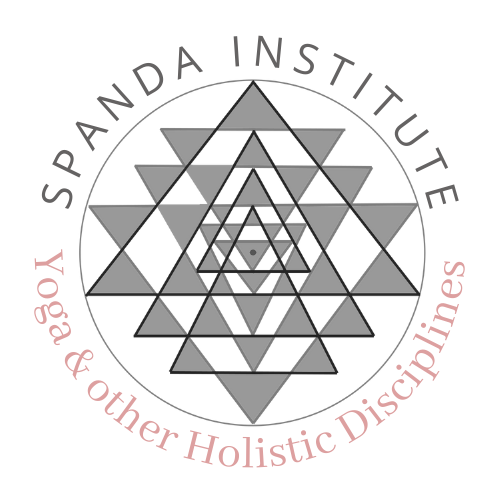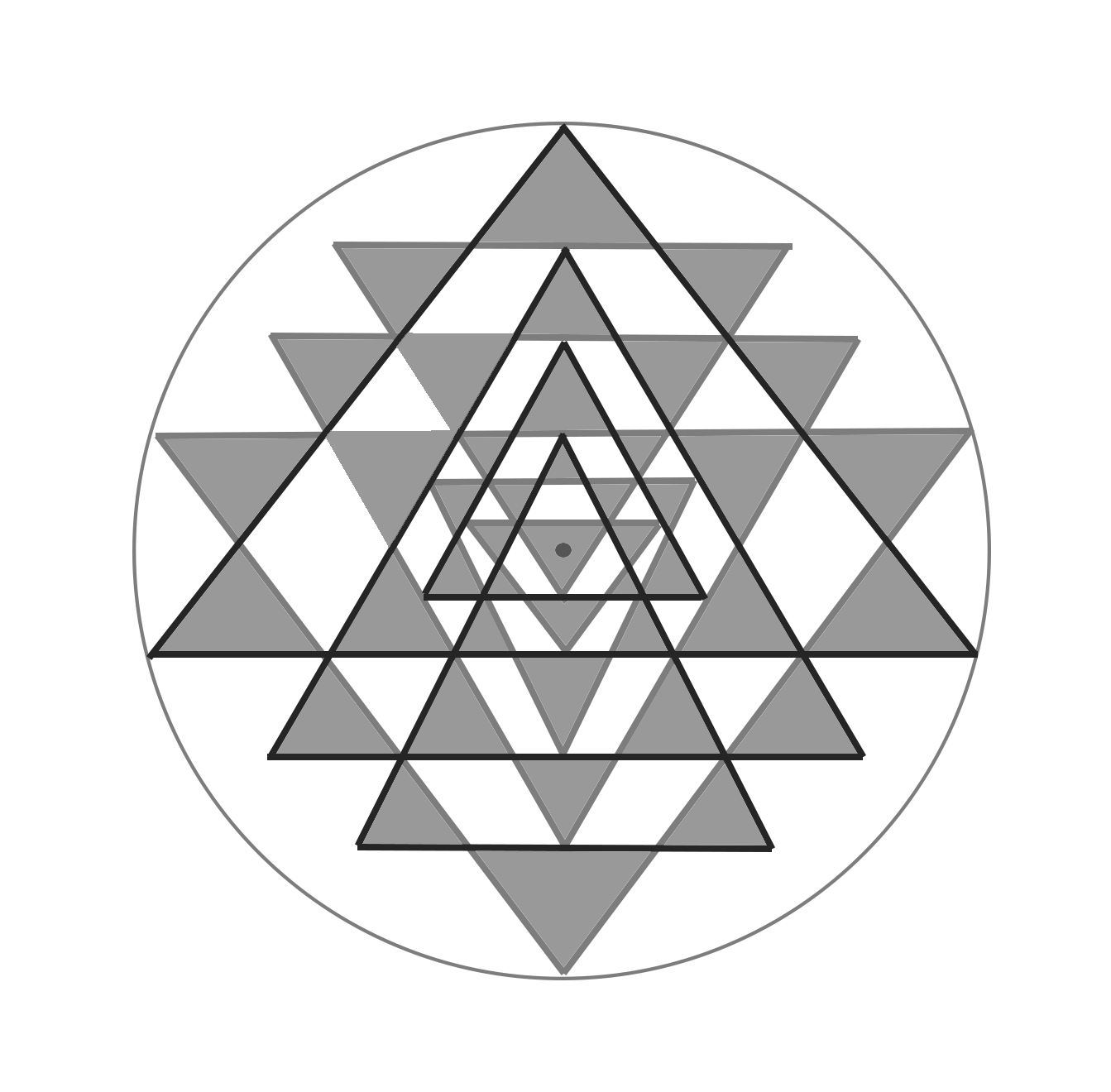Barefoot Yogi
Photo: Sanjin Kastelan
Hiking around the globe
I fancy myself a good, long, pretty fast, gorgeous walk in nature, and hiking adds that little something extra, but I often suffer quite a lot of pain during or after the hike. It's a mix of knee, hip and back pain. I am not sure exactly what it is and why it happens, but I always found it curious because it doesn't tend to happen every time, only on specific hikes.
It's 2018, I'm travelling through Sri Lanka, and one of the activities on my list is to climb Sri Pada (aka Adam's peak), a place of local pilgrimage. More than 2000m high, more than 5000 steps. I woke up at 2 am, took me two hours to climb, and saw the sunrise (surprise, surprise, it was cloudy, windy and cold: not very much to see of the actual sunrise). Two more hours on the way down. But as with most things, it was not about the destination, but the journey. The journey was beautiful but I needed a stick to walk for the rest of my stay in Sri Lanka.
It's 2019, I'm travelling through Mexico, and one of the activities on my list is to climb Xinantecatl (aka Nevado de Toluca), an inactive volcano. 4680m high and a ritual centre during pre-hispanic periods. The two lakes in the crater are considered to be archaeological sites themselves, as a large number of offerings were deposited in the lakes. Some of them are still here. I climbed up by myself but then got a ride down in one of those very intimidating Mexican police open pick-up trucks full of Mexican police officers. If you've been there, you know that's not your first choice, especially alone in the middle of nowhere. Still, I preferred that over walking down with the pain I was feeling.
It's 2021, I'm travelling through Cabo Verde, and one of the activities on my list is to do the Ponta do Sol to Cruzinha route in Santo Antão (one of the islands of this gorgeous archipelago). 15km of ridiculously breath-taking coastline views where the mountain meets the sea, punctuated by little villages. The pain got so bad, that I needed a stick to continue the route.
Cut to 2022; I'm travelling in the north of Portugal in Gerês (our oldest protected area and our national park, which is gorgeous!). Not only was I hiking for three full days nonstop, but I was also carrying all the gear/food/clothes/etc needed for those days (we slept in the mountain, there was no going back to the accommodation). There were a lot of very steep, irregular 'paths', mud, slippery rocks, thorny shrubs, faeces from several animals and even a bit of rain. I had no pain. Ever. So, what was so different on this trip compared to the others? On the other hikes, I was wearing regular socks and regular trainers. This time I was wearing nothing but my flip-flops. Yes. Flip-flops.
Flip-flops over shoes
I am a movement enthusiast, and I try to live and feel adapted to modern life while keeping it as close as possible to what we've evolved to be. That includes walking, jumping, climbing, and running on irregular terrains. I also love to walk barefoot or in flip-flops as much as possible. One of the reasons I love postural Yoga is because it’s barefoot movement. If the social context requires it or it's freezing, I will put my shoes on, but other than that, barefoot is my preference even when hiking since I realised that the shoes I was wearing might have been a culprit of my pain during previous hikes. As a disclaimer, I am not a doctor or a physio, so what follows is an opinion based on my own experience and things I read/heard.
I believe that using flip-flops allows my feet to better mould to the different grounds and do what they've evolved to do, allowing for my knees, hips and back to be free to do what they're supposed to do. It requires some getting used to so that your feet can relearn and readapt and get that mobility and strength back. We should remember that this is how they're meant to be and not locked in some abnormal prison we now consider normal (shoes). I am not suggesting you should go hiking in flip-flops. My foot is so well adjusted to them that this is possible for me, and since I have ditched the shoes while hiking, I am pain-free. I am also not suggesting that flip-flops are great; there is a tendency to alter the gait by gripping or lifting the toes, shuffling, etc., so that they stay on. But I do believe that they are a better choice than closed shoes. For an alternative to flip-flops, there are a few shoe companies that are vegan, environmentally responsible and anatomically friendly, like Vivobarefoot, for example.
The benefits of being barefoot
Still, my favourite and, I believe, healthiest way to walk is barefoot. The foot is a joint-rich area (a place of your body with many joints in a relatively small area), screaming MOBILITY (and not 'please don't make me move'). These joints have proprioceptive nerves. Natural podiatrist Andy Bryant wrote that a quarter of our sensory nerves are on the soles of our feet. This allows our feet to deliver a message to the rest of the body about the environment we are moving through, so the body can react accordingly and quite intuitively. Bryant went on to say shoes are like blindfolds on our eyes. Isn't this a brilliant, albeit scary, analogy?
Shoes were invented to protect our feet from hot, cold and sharp things in the environment, but the shape they force our feet into is unnecessary; it's pure fashion. The more protection we give our feet, the less we'll be able to tolerate the texture and movement our feet are designed to thrive on. Our feet have medial arches that are naturally elevated, as they're supposed to be, and they stay elevated by using the foot, not by trapping it in a shoe. There are many studies connecting wearing shoes with flat feet. One such study looked at the influence of footwear on the prevalence of flat feet in children and showed that shoe-wearing in early childhood has an adverse effect on the development of the normal arch.
The toe spread is another one. Our toes need to spread, so we should let them spread. Keeping them squeezed together affects the functionality of the foot, which then affects our posture and balance. Finally, being barefoot, apart from connecting our senses to the environment for more information, also connects us to the Earth; there is a transfer of energy from the ground into the body in contact with the Earth's surface electrons.
I would also encourage you to walk on irregular ground. Smooth, even, regular surfaces give us little input, and the many joints of your feet will perpetually move in just one way. Uneven terrain gives your feet much more information and demands more adaptation/movement from them and you. Also, walk on the sand barefoot if you can. Gripping the sand with your toes is such as great exercise for the whole foot. Walk barefoot at home instead of wearing slippers etc.
My suggestion is that you try to be barefooted more often and get some pairs of those more natural shoes. Your feet are, after all, the literal foundation of your body, so you won't only have happier and healthier feet: the rest of your body further up the chain will thank you. Plus, and a huge plus: less smelly feet, socks and shoes ;).
I hope you will see your feet in a different light from now on and give them the freedom they deserve. They will pay you back with more stability, better posture and less pain. Let me know if you have any questions and enjoy your bare feet.
Bruno Morais
Bruno is one of the Lead Teacher Trainers in Spanda Institute. Once he recieved his 200-hour certification with us in Sri Lanka, Bruno has continued with our 300-hour program which he successfully finished. After mentoring, assisting and co-teaching our intensives in Portugal, Bruno has joined our Lead Teacher Team, and is leading our Intensive Teacher Training courses in Portugal and beyond. Bruno is also a dancer, movement enthusiast and a passionate traveller.







